Oguni Washi: Papermaking in Snow Country
2025 Apr 15th
In the village of Oguni, located in Niigata Prefecture of Japan, washi production has been passed down through families for over 300 years. It started as winter work for regional farmers, isolated from the rest of the country during heavy snow. First, crops of kozo (paper mulberry) had to be cultivated. This crop can be harvested annually for as many as 50 years before it needs to be replanted. Needless to say, kozo farming and papermaking lends itself to generational pursuit. Each household would complete the washi-making process from field crop to sheets of paper. Of the many papermakers that produced washi historically in Oguni, only the Oguni Washi Producers Cooperative continues today.
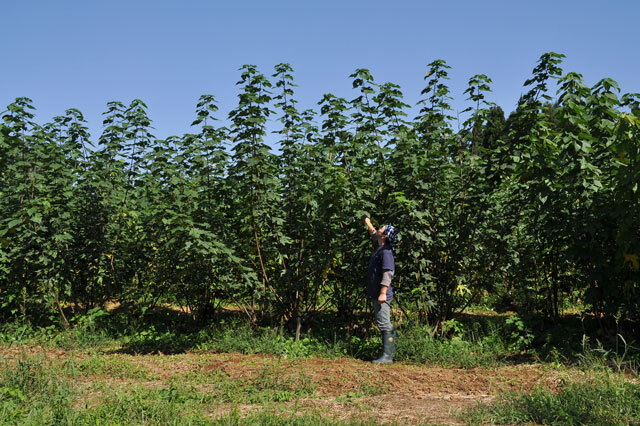
Kozo field in August
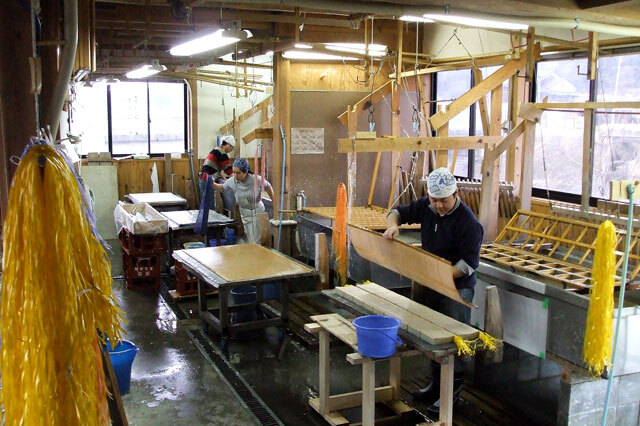
Oguni Washi Producers Cooperative
There is a unique quality to some of the Oguni washi that is achieved through the process of snow bleaching. The kozo fibre is bleached using yuki sarashi. This method of lightening the fibre relies on exposing the kozo to sunlight on top of the snow.
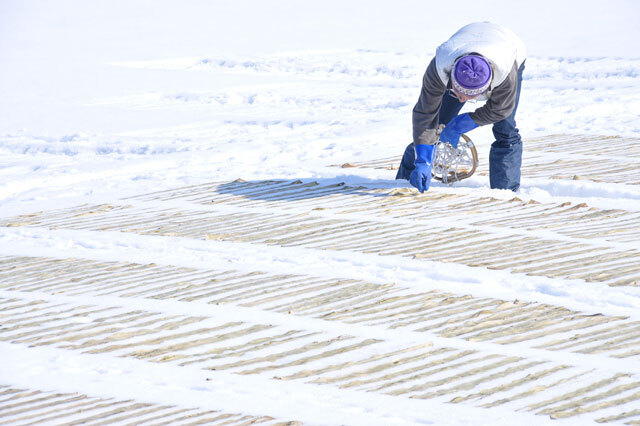
Snow bleaching—yuki sarashi
Another unique process* is called kangure. When the already-formed paper is still wet, rather than pressing out the remaining liquid, stacks of sheets are buried under the snow and left until the weather is better for drying. This traditional preservation method makes use of the constant temperature of the snow to prevent the paper from rotting, and from freezing. Dug out in the spring, the sheets are then laid on boards in the sun to dry. Ultraviolet light, directly from the sun, and reflected from the snow, works to lighten the paper leaving it with a lovely white sheen.
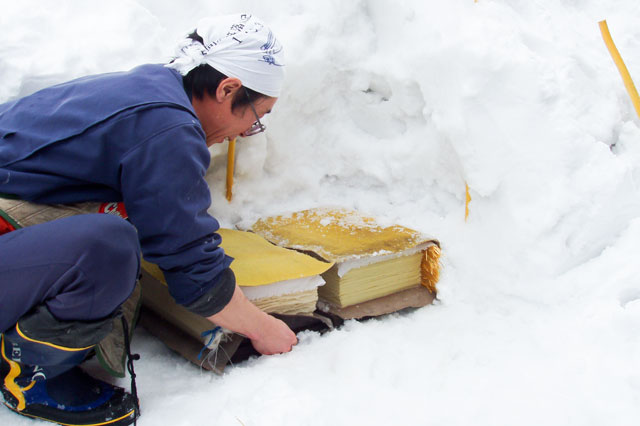
kangure: kozo sticks are used to locate the washi in the deep snow
In more recent years, although this historic process is still employed, the paper makers have had to expand from using only locally grown kozo, to also importing less expensive kozo from China. The washi made with Chinese fibre is also of excellent quality, but it is not exposed to the sun-lightening process: only Japanese kozo is used for snow-bleaching. Some papers made using Chinese kozo are blended with other fibre, like cedar, resulting in a truly unique and beautiful product, Oguni Sugikawa.
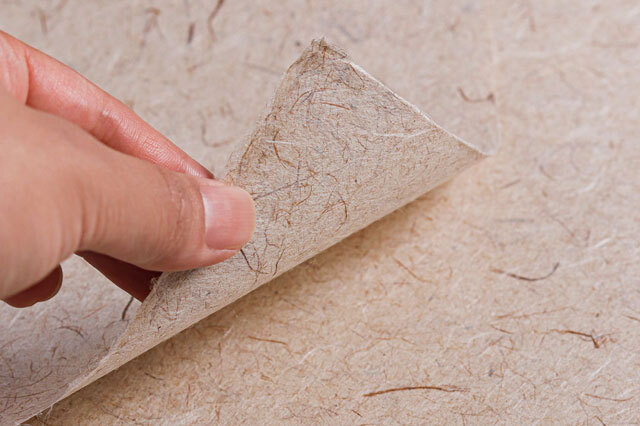
NAT11646 Oguni Sugikawa
For those interested in traditional papermaking, a unique opportunity awaits in Oguni in the form of immersive workshops offered jointly by Hiroaki and Chihiro Imai, and Canadian scholar/papermaker Paul Denhoed. In these workshops, participants spend six full and intensive days in Oguni, Niigata, to learn traditional paper making, from kozo harvesting to forming sheets. These small group courses are offered in English.
* These traditional production methods employing snow have been designated as national intangible cultural properties and intangible cultural properties of Niigata Prefecture. In 2022, they were also designated as traditional crafts of Niigata Prefecture.
Some of our favourite Oguni Washi – chosen by The JPP staff
- CON1242 Oguni Snowbleached Oguniban - HW
- CON11520 Oguni Snowbleached 18g - HW
- CON13198 Oguni Snowbleached Kozo 26g - HW
- NAT11646 Oguni Sugikawa
- CON12124 Oguni Fudagami Large
- SCK13131 Oguni Shibugami
- NAT11587 Oguni Shikishi - Chiri
- CON11588 Oguni Shikishi - Fudagami
- SCK11589 Oguni Shikishi - Kakishibu

